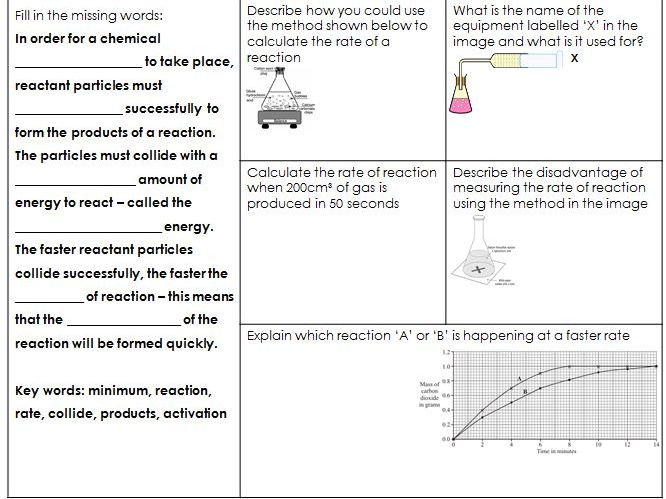Runningmad123's Shop
I aim to create detailed lessons for KS3 and KS4 science lessons, simplifying content for both teachers and pupils. My lessons include a lot of pupil-centred tasks and modelling activities where appropriate to engage pupils in their learning. As an AQA examiner for the new GCSE trilogy and triple science course I include a lot of 'past paper' style questions in my lessons that match the type of questions students will be asked in examinations.




















